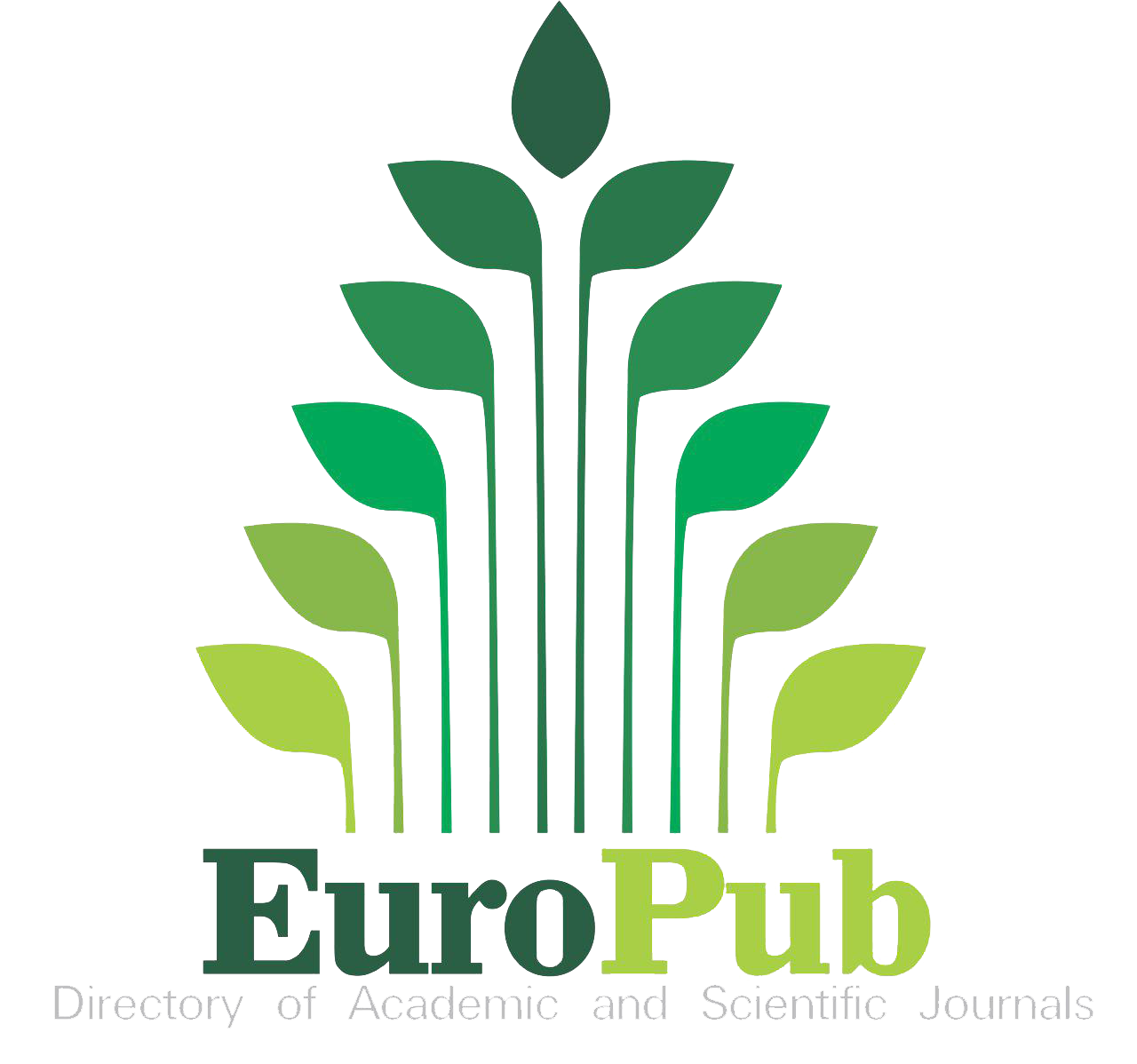Exploring the Socio-Economic Challenges and Daily Life of Persons with Disabilities Insights from Mehendiganj Upazila: A Case Study Approach
DOI:
https://doi.org/10.60087/jklst.v4.n1.002Abstract
This study explores the experiences, challenges, and aspirations of persons with disabilities in Mehendiganj, Barisal, Bangladesh. This study uses a qualitative approach, including in-depth, case-based interviews to gather detailed insights from a group of participants who were persons with disabilities. Key findings of this research show that people with disabilities in a particular region encounter significant barriers, including limited access to financial resources, inadequate access to education and vocational training, and a breakdown of society. A lack of infrastructure and support services exacerbates these challenges. Despite the challenges, the research reflects the core strengths and knowledge of the participants in different fields. Many of them strongly desire to overcome adversity and pursue aspirations of life through better education, employment opportunities, and social acceptance. The research also replicates the importance of the role of family support and social networks in reducing some of the difficulties faced by persons with disabilities. This research highlights the insistent need for comprehensive policies designed to address the unique needs of persons with disabilities. Recommendations include developing vocational and educational programs addressing the need, improving access to public services based on the requirements, and social awareness programs to combat discrimination and create social acceptance. This study will provide valuable insight for policymakers, social activists, and development professionals to create an inclusive and supportive environment for persons with disabilities in Bangladesh.
Downloads
References
World Health Organization. (2024). World report on disability 2024. World Health Organization. Retrieved from https://www.who.int/publications/i/item/WHO-NMH-VIP-11.01
World Bank. (2023). Disability inclusion and economic de-velopment. World Bank Group. Retrieved from https://www.worldbank.org/en/topic/disability
Groce, N. E., Kett, M., Lang, R., & Trani, J. F. (2022). Disa-bility and development: Towards inclusive development for all. Retrieved from https://www.scirp.org/reference/referencespapers?referenceid=3207957
International Labour Organization. (2023). Disability inclu-sion: Policies and practices. ILO Publications. Retrieved from https://www.ilo.org/publications/ilo-disability-inclusion-policy-and-strategy-2020-23
United Nations Development Programme. (2022). Disability inclusive development report 2022. UNDP. Retrieved from https://www.undp.org/sites/g/files/zskgke326/files/2023-04/Annual-Report-2022.pdf
Groce, N., & Kett, M. (2017). The disability and development gap. ResearchGate. Retrieved from https://www.researchgate.net/publication/320757084_The_Disability_and_Development_Gap
Hamid, A., Parvin, L., Ahmed, S. T., & Akter, S. (2024). Ex-ploring the socio-economic challenges and daily life of per-sons with disabilities insights from Mehendiganj Upazila: A case study approach. Journal of Knowledge Learning and Science Technology, 4(1), 160–168. https://doi.org/10.60087/jklst.v4.n1.001
Groce, N., Kett, M., Lang, R., & Trani, J. F. (2021). Disability: The human development paradigm. Cambridge University Press.
Mitra, S., Posarac, A., & Vick, B. (2013). Disability and pov-erty in developing countries: A multidimensional study. World Development, 41, 1–18.
Banks, L. M., & Polack, S. (2014). The economic costs of exclusion and gains of inclusion of people with disabilities. CBM.
Sen, A. (1999). Development as freedom. Oxford University Press.
Yeo, R., & Moore, K. (2003). Including disabled people in poverty reduction work: “Nothing about us, without us.” World Development, 31(3), 571–590.
Shakespeare, T. (2013). Disability rights and wrongs revisited. Routledge.
United Nations. (2006). Convention on the rights of persons with disabilities (CRPD). United Nations. Retrieved from https://www.un.org/development/desa/disabilities/convention-on-the-rights-of-persons-with-disabilities.html
Trani, J. F., & Loeb, M. (2012). Poverty and disability: A vicious cycle? Evidence from Afghanistan and Zambia. Journal of International Development, 24(S1), S19–S52.
Oliver, M. (1990). The politics of disablement. Macmillan.
World Health Organization, & World Bank. (2011). World report on disability. WHO Press.
Lang, R., & Murangira, A. (2009). Disability scoping study in Uganda. Leonard Cheshire Disability and Inclusive Devel-opment Centre.
Mont, D. (2007). Measuring disability prevalence. World Bank.
United Nations. (2015). Sustainable development goals. United Nations. Retrieved from https://www.un.org/sustainabledevelopment/sustainable-development-goals/
Downloads
Published
Issue
Section
License
Copyright (c) 2024 Journal of Knowledge Learning and Science Technology ISSN: 2959-6386 (online)

This work is licensed under a Creative Commons Attribution 4.0 International License.
©2024 All rights reserved by the respective authors and JKLST.









